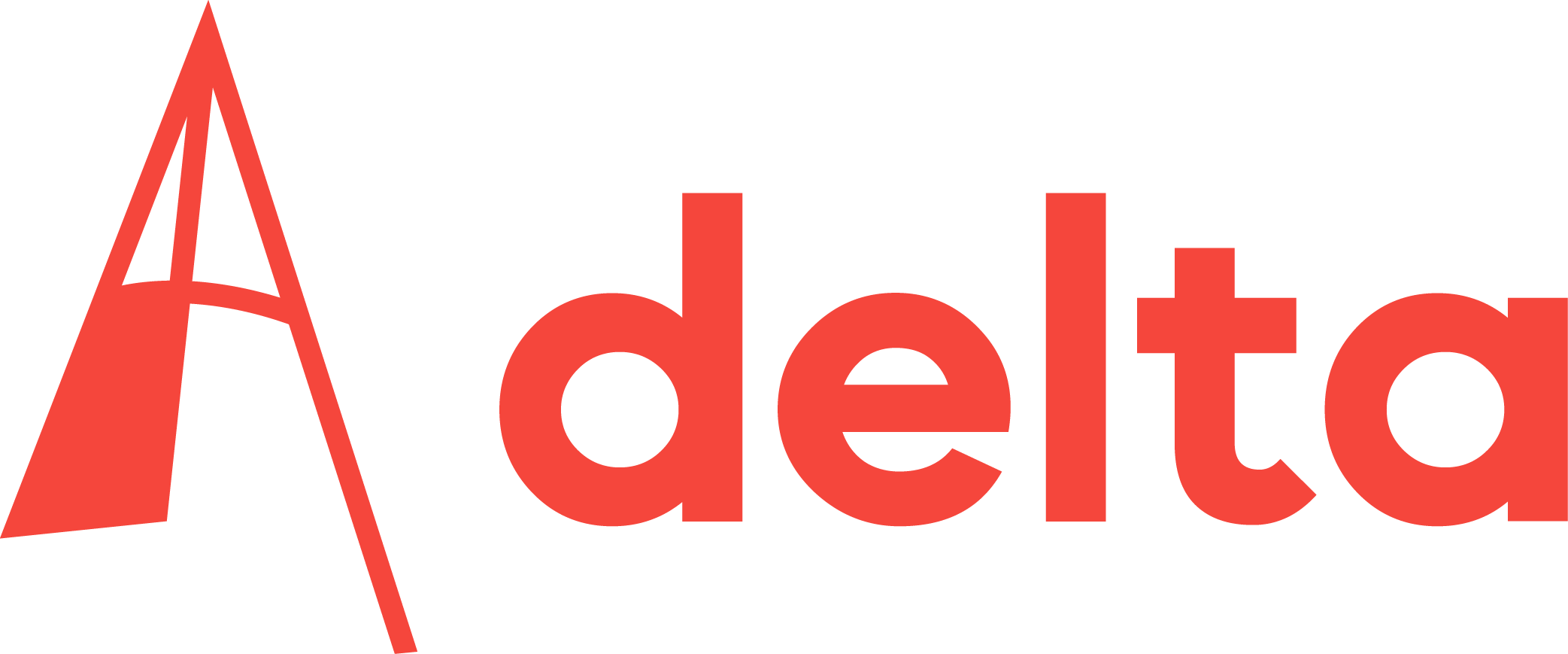Making a robot hand that can pick up and lift a cup of coffee is less easy than you might think. First-year students of mechanical engineering gave it their best shot and presented their prototypes at the first ever Robot Hand Battle of Friday November 6, 2015.
Een grijper maken die een koffiebeker kan vastpakken en optillen zonder te morsen. Dat is nog niet eenvoudig, bleek tijdens de eindbattle Click Whack en Wallop voor eerstejaars werktuigbouwkunde op vrijdag 6 november.
Die openingszin die de lezer het verhaal in sleurt. Dat prachtige citaat. Je hoeft geen Gabriel García Márquez te zijn om hem te bedenken, als je een storyteller gebruikt. Dankzij ingenieur Frank Kaptein kan het programma nu zelfs emoties berekenen.
Gamen alsof je in een drone zit. Het zou zomaar een nieuwe populaire extreme sport kunnen worden, vertelt de voorzitter van de International Drone Racing Association aan de New York Times. Is zo’n drone-competitie ook iets voor Delft?
A new TU Delft Hyperloop team has joined the design competition for a futuristic tube transport system at the speed of sound.
Bestuurders van grote complexe onderwijsinstellingen mogen in 2016 hooguit 179 duizend euro verdienen. Collega’s van kleinere instellingen moeten het met minder doen.
Waving nano-robots and molecular gearboxes that assemble themselves from a solution. That is what Professor Hendrik Dietz can already build with his nano-LEGO. So what’s next?
A dissertation completed by TU Delft PhD candidate Dominic Dirkx, from the Aerospace Engineering faculty, shows how using Interplanetary Laser Ranging (ILR) to measure the distance between earth and other bodies in the solar system can yield more accurate results than the current technology.
With much of the Netherlands below sea-level, engineers who want to build underground garages and railway tunnels face many problems – not least how to construct sturdy retaining walls that stand up to the pressure of water and soils deep underground.

